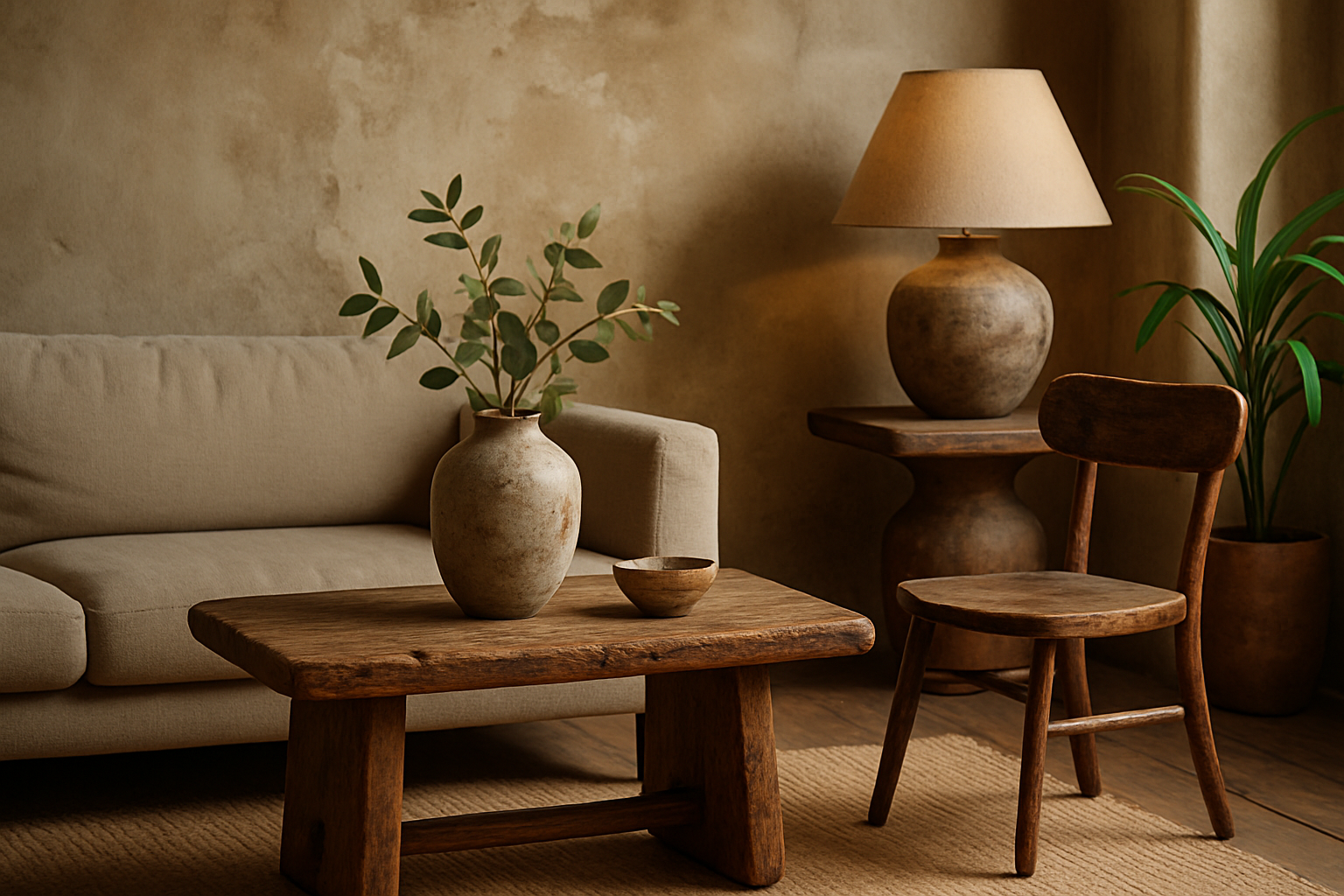Embracing the Japandi Aesthetic: Where East Meets West in Home Design
As the sun peeks through shoji-inspired screens, casting gentle shadows across a minimalist oak coffee table, you're transported to a world where Scandinavian simplicity harmonizes with Japanese elegance. Welcome to the realm of Japandi, a design philosophy that's capturing hearts and homes worldwide with its serene blend of two distinct cultural aesthetics.

The Origins of Japandi
Japandi, a portmanteau of Japan and Scandi (short for Scandinavian), emerged as a distinct design movement in the mid-2010s. However, its roots can be traced back to the early 20th century when Danish designers began drawing inspiration from Japanese aesthetics. Both cultures share a deep appreciation for simplicity, natural materials, and craftsmanship, making their eventual fusion a natural progression.
The similarities between Japanese and Scandinavian design philosophies are striking. Both emphasize minimalism, functionality, and a connection to nature. Japanese wabi-sabi, which finds beauty in imperfection, aligns well with the Scandinavian concept of hygge, which focuses on creating a cozy, contented atmosphere. These shared values form the foundation of Japandi, resulting in spaces that are both visually appealing and emotionally resonant.
Key Elements of Japandi Design
At the heart of Japandi lies a commitment to simplicity and purpose. Every element in a Japandi-inspired space serves a function while contributing to the overall aesthetic. Clean lines, uncluttered surfaces, and a neutral color palette are hallmarks of this style. However, Japandi isn’t about stark minimalism; it’s about creating warmth through thoughtful design choices.
Natural materials play a crucial role in Japandi interiors. Wood, particularly light-toned varieties like oak and ash, features prominently in furniture and flooring. Bamboo, rattan, and paper are often incorporated as nods to Japanese craftsmanship. These materials are complemented by natural textiles such as linen, wool, and cotton, which add texture and comfort to the space.
Color Palettes and Textures in Japandi Spaces
While Japandi primarily employs a neutral color scheme, it’s far from monotonous. The base palette typically consists of whites, beiges, and greys, reminiscent of Scandinavian design. However, Japandi introduces deeper, more saturated hues inspired by Japanese aesthetics. Think charcoal, deep indigo, and forest green. These darker tones create depth and contrast, preventing the space from feeling too clinical.
Texture plays a vital role in adding visual interest to Japandi interiors. Rough-hewn wood, nubby linens, and handmade ceramics introduce tactile elements that invite touch and create a sense of coziness. The interplay of smooth and textured surfaces, along with the contrast between light and dark tones, results in spaces that are visually dynamic yet calming.
Furniture and Decor in Japandi Style
Japandi furniture embodies the principle of form following function. Pieces are typically low-profile, with clean lines and minimal ornamentation. Japanese influences can be seen in the use of low tables, floor cushions, and platform beds, while Scandinavian contributions include streamlined sofas and chairs with tapered legs.
Decorative elements are used sparingly but purposefully in Japandi interiors. A single, striking piece of art or a carefully placed bonsai tree can serve as a focal point. Handcrafted items, such as ceramic vases or wooden bowls, add character and reflect the value placed on artisanal skills in both Japanese and Scandinavian cultures.
Implementing Japandi in Your Home
Adopting Japandi principles doesn’t necessarily mean a complete home overhaul. Start by decluttering your space and adopting a more minimalist approach to decor. Consider replacing heavy curtains with sheer, natural-fiber alternatives to maximize natural light. Introduce elements of nature through potted plants, wooden accessories, or stone accents.
When selecting furniture, opt for pieces that combine functionality with simple, elegant design. A low wooden coffee table or a sleek, neutral-toned sofa can serve as anchors for your Japandi-inspired living room. In the bedroom, a platform bed with integrated storage embodies the style’s emphasis on practicality and clean lines.
The Future of Japandi
As our lives become increasingly digital and fast-paced, the appeal of Japandi’s serene, nature-inspired aesthetic is likely to grow. This design philosophy offers a much-needed antidote to the chaos of modern life, creating spaces that promote calm, mindfulness, and connection to our environment.
Looking ahead, we can expect to see Japandi evolving to incorporate more sustainable materials and practices, aligning with growing environmental concerns. The style’s emphasis on quality over quantity and timeless design over fleeting trends positions it well for longevity in the world of interior design.
Japandi represents more than just a design trend; it’s a philosophy that encourages us to live more intentionally, surrounded by beauty and simplicity. By blending the best of Eastern and Western design traditions, it offers a fresh perspective on creating harmonious living spaces that nurture both body and soul.





